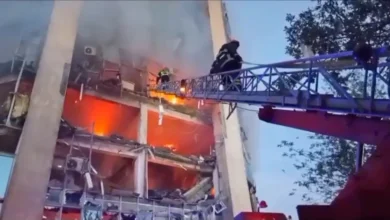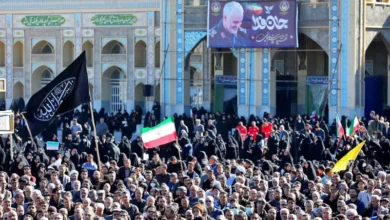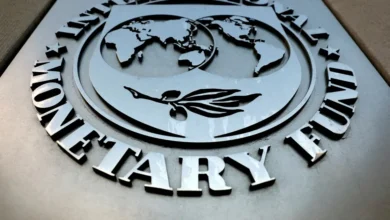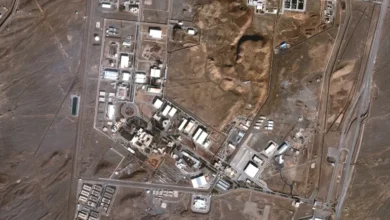Fears for Marrakesh’s ancient structures after Morocco’s earthquake

Marrakesh, Morocco’s fourth-largest city, was rocked overnight by a powerful earthquake that destroyed historic buildings and left hundreds dead.
The ancient city’s old town is reported to have been particularly affected with images emerging of collapsed buildings and rubble lying strewn along its narrow streets.Marrakech is a city beloved of Moroccans and foreign tourists for its medieval mosques, palaces and seminaries richly adorned with vivid mosaic tiling amid a labyrinth of rose-hued alleyways. The extent of damage was unclear on Saturday.
Marrakesh’s old city damaged
The old city known as the medina became a UNESCO World Heritage site in 1985 and contains buildings that date back to its foundation in the 11th century.
Surrounded by ancient walls built during the Almoravid dynasty – which swept up out of the desert to conquer Morocco and found Marrakesh – the old city is filled with narrow alleyways and historic landmarks.
The walls punctuated by a series of impressive gates are a distinct ochre colour, as they are made from the red earth of the city’s surrounding plain. It is why Marrakesh became known as the “Red City”.
The old town is also home to the world-famous Jemaa el-Fna, the busiest square on the African continent, where many residents ran to as the earthquake toppled buildings and sent rubble onto the streets.
The triangular square that dates back to the 14th century is surrounded by restaurants, market stands and public buildings, and is a commercial and entertainment hub popular with both locals and tourists.
At the Jemaa al-Fna, Marrakech’s grand centrepiece overlooked by the medieval Kotoubia mosque and a haunt of street entertainers, market stalls and snake charmers, the most precious heritage appeared largely intact.
The towering minaret of the Kotoubia, which is kept carefully maintained because of its prized status, looked unharmed but the minaret of a less well-known mosque in another part of the expansive square had collapsed, smashing some cars with rubble.‘Sudden and catastrophic’
Tourists and residents posted videos of people screaming as they fled buildings.
Al Jazeera’s Abdelmounim El Amrani, reporting from Tetouan in Morocco, described fears of severe structural damage to ancient structures in Marrakesh, which had “not been built to anti-seismic norms or regulations”.
Noureddine Bazine, a journalist and Marrakesh resident, said the earthquake was “sudden and catastrophic” for locals.
“In Marrakesh, the highest damage was in the old city because the buildings are prone to collapse, and some of them can collapse even without an earthquake due to their fragile state,” he said.
Mohamed, a resident of Marrakesh, said he was in his apartment on the third floor of his building when the earthquake happened.
“It suddenly and violently started shaking … Many old buildings were collapsed in the old city. The suburbs of Marrakesh were hugely affected by the earthquake,” he said.
Marrakesh is due to host the annual meetings of the International Monetary Fund and World Bank in early October.










